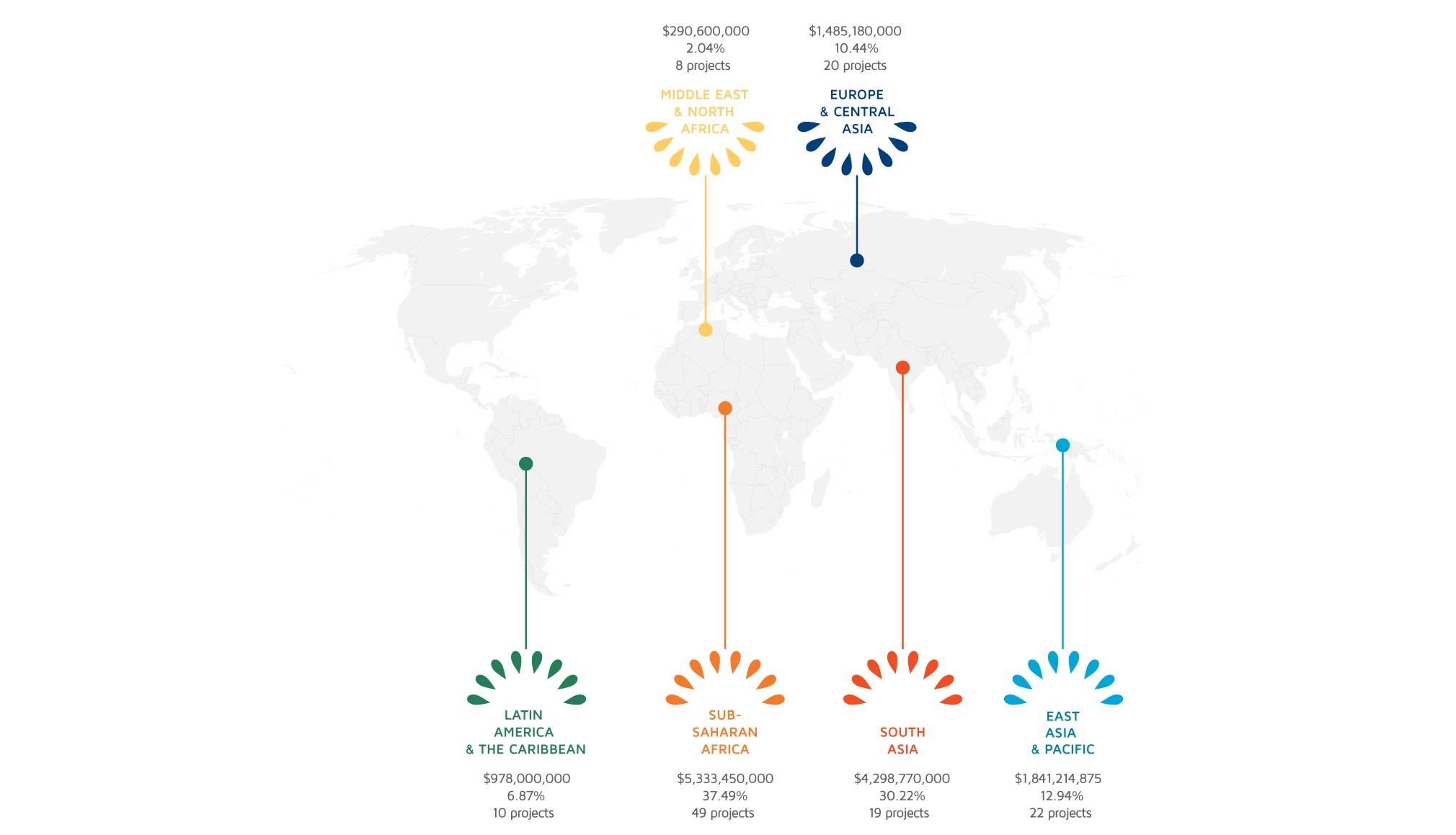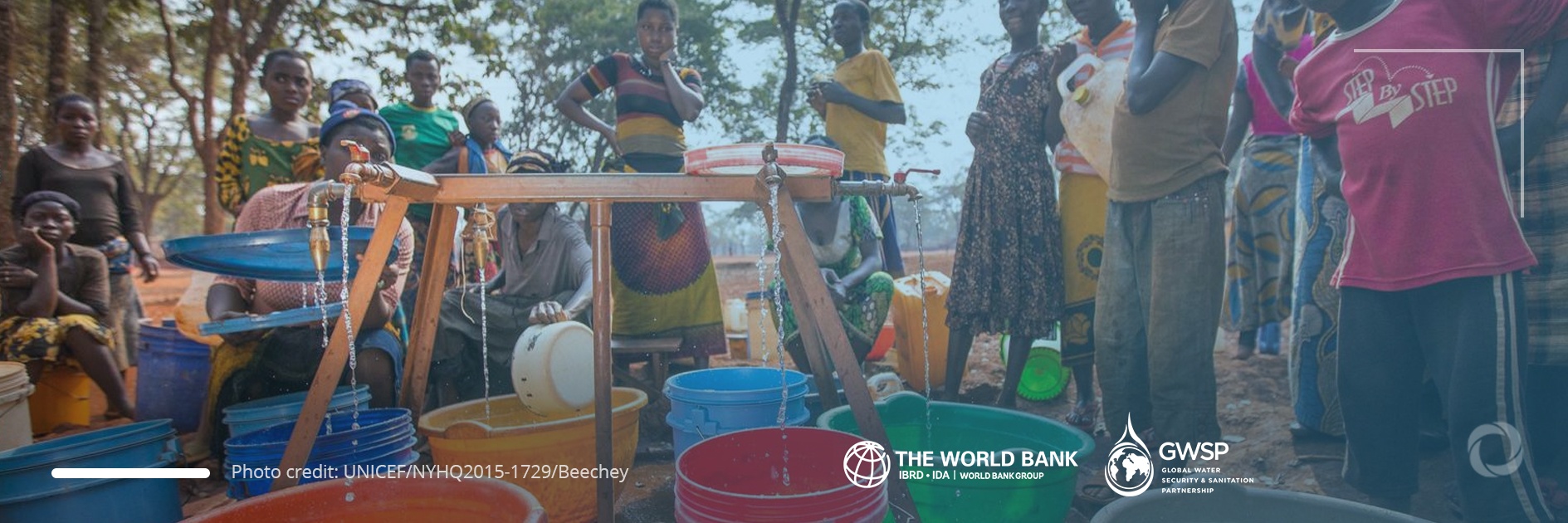With around 2 billion people lacking access to securely managed drinking water and 3.6 billion to sanitation, the water sector has experienced a triple crisis generated by the pandemic, climate change, and poor progress towards achieving the Sustainable Development Goals. In 2021, Global Water Security & Sanitation Partnership, a World Bank (WB) think tank, influenced US$14.2 billion in new lending from the WB, mobilizing efforts to tackle the challenges faced by the water sector.
While the impacts of climate change rise, the pressure on the world’s water systems continues to grow as higher temperatures cause further droughts, floods, and unpredictable rainfall around the world. According to estimates, climate change over the 21st century is expected to substantially decrease renewable surface water and groundwater resources in the driest subtropical areas, putting pressure on competition between different sectors.
Jennifer J. Sara, Global Director for the World Bank Group’s Water Global Practice, noted, “Climate change is felt most deeply through water, with higher temperatures leading to droughts, floods, and rainfall variability. Low-income countries are particularly hard hit by these changes in the water cycle, leading to increased food insecurity and migration. Here, too, the solution lies in water: better planning and investment, better management and use, and better mitigation and adaptation responses.”
According to the recently published 2021 annual report from the Global Water Security & Sanitation Partnership (GWSP), at present, 2 billion people use groundwater sources for drinking water purposes. One out of four cities worldwide experiences water insecurity while estimates show that global water demand will have further grown by 20 to 30% by 2050.
The GWSP, launched in 2017 as a partnership for a water-secure world, mobilizes efforts to tackle water issues by building capacities, supporting sector reforms, and generating field-oriented knowledge. In 2021, the GWSP engaged with stakeholders from different countries to conduct water security diagnostic and risk-management studies and to create platforms for further discussions.
With 4 billion people already living in regions suffering from water scarcity, the GWSP is pressing for efforts towards achieving better water resources management. For instance, in Sudan, a country experiencing a deterioration of its irrigation infrastructure and consequently a fall in agricultural production, GWSP has supported a complete Water Sector Review.
In India, the GWSP supported the government’s initiative to strengthen dam safety by providing workshops on risk-management approaches to dam safety. In the Mashreq cluster, comprising countries such as Syria, Iraq, Iran, Lebanon, Jordan, and Turkey, the GWSP supported a World Bank initiative designed to endorse regional cooperation in the management of transboundary water resources.
As for the sector that consumes 70% of the world’s freshwater use, the GWSP has supported a number of projects aiming to enhance water accessibility and management in agriculture. For instance, using the guide on farmer-led irrigation development (FLID) launched by the World Bank, the GWSP has assisted FLID diagnostics in Kenya, Malawi, Somalia, Rwanda, and Madagascar. Overall, of US$14.2 billion in GWSP-influenced global water-related projects, in 2021 37.49% were implemented in sub-Saharan Africa.
Fig.1. US$14.2 billion in GWSP-influenced global water-related World Bank lending by region, FY21


